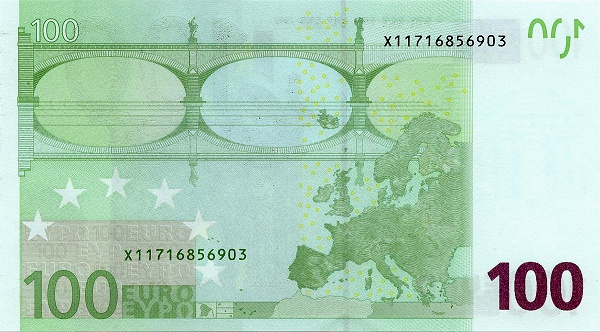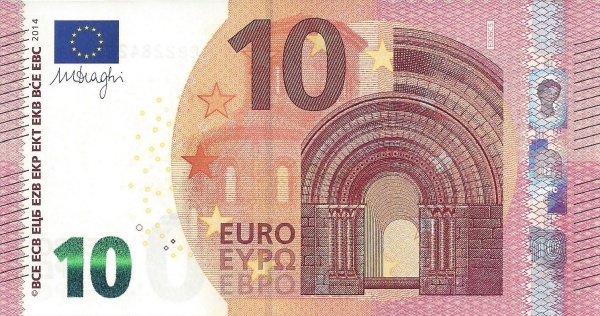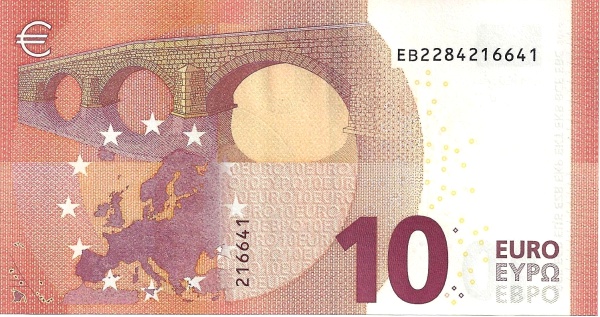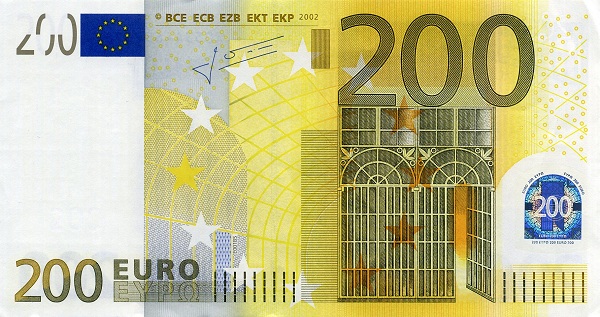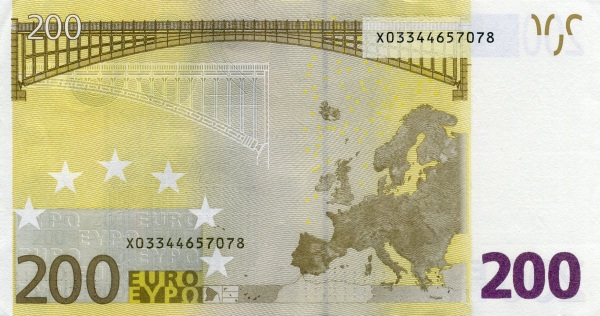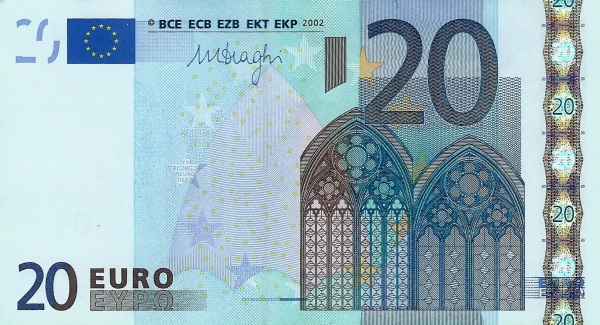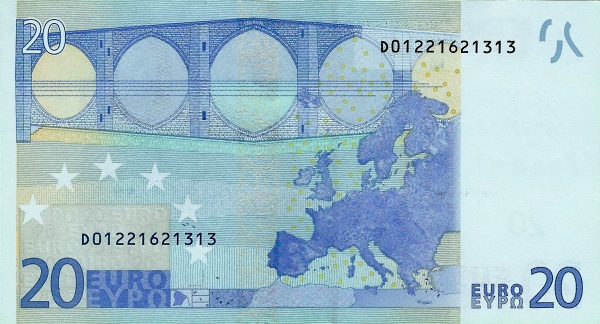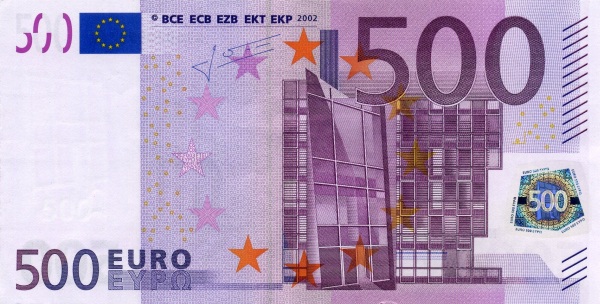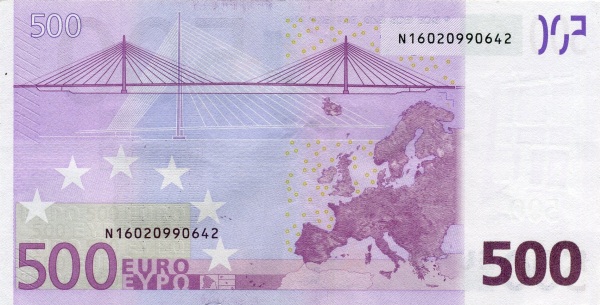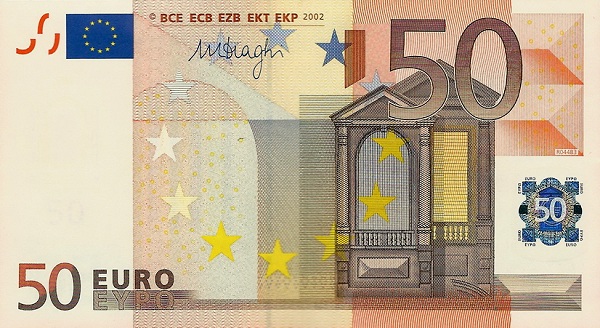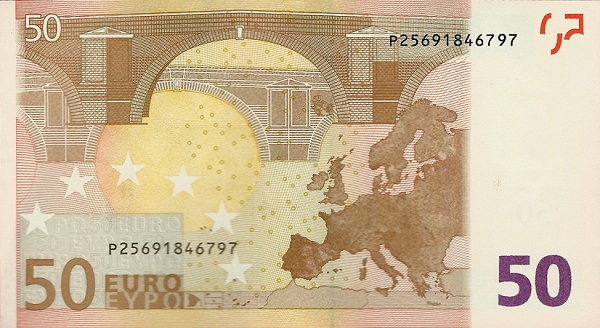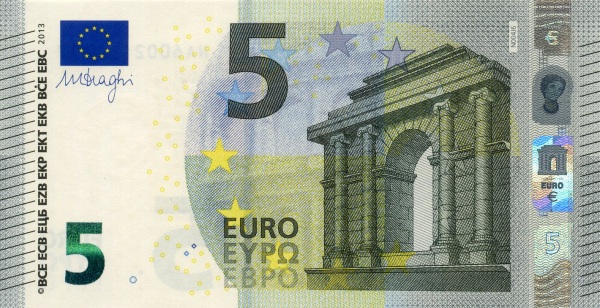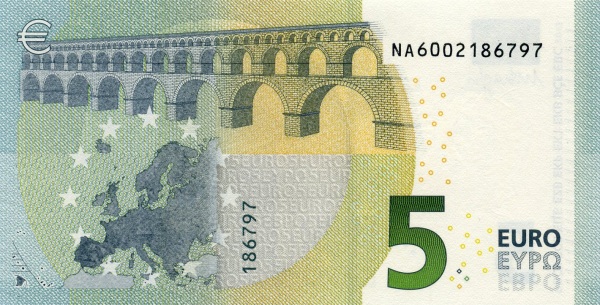Discovering Spain: A Land of History and Culture
Spain, located on the Iberian Peninsula, stands out as a vibrant destination that captivates travelers from all corners of the globe. Its stunning coastline hugs both the Atlantic Ocean to the north and the Mediterranean Sea to the southeast, making it a prime location for beach lovers and adventure seekers alike. As one of the two countries on the Iberian Peninsula, Spain shares borders with notable nations including Andorra, France, and Portugal, alongside the British Overseas Territory of Gibraltar. Interestingly, at the northern tip of Africa, the Spanish exclaves of Ceuta and Melilla create an intriguing geographical connection with Morocco. Moreover, Spain has maritime borders with Algeria and Italy, highlighting its strategic position in the Mediterranean region.
Geography and Size of Spain
Occupying an impressive area of 505,992 km², Spain ranks as the fourth-largest country in Europe and the second-largest in Western Europe. To put things into perspective, this landmass is approximately twice the size of the United Kingdom or slightly more than double that of the U.S. state of Oregon. Thus, the vast landscapes of Spain offer a rich tapestry of natural beauty and geographical diversity that attracts both locals and visitors who appreciate its varied terrains.
Population and Major Cities
As of 2024, Spain boasts a population of approximately 48.7 million inhabitants, making it one of the most populous countries in Europe. The bustling capital city of Madrid stands out not only as the largest city but also as a cultural hub that showcases the essence of Spanish life. Furthermore, Barcelona, the vibrant capital of Catalonia, ranks as Spain's second city, drawing international tourists with its famous architecture and lively atmosphere. In addition to these major cities, Spain is home to many other cities like Valencia, Seville, and Bilbao, each offering its own unique charm.
Languages and Religion
While Spanish serves as the official national language, Spain's rich cultural mosaic includes co-official languages such as Catalan, Galician, Basque, and Occitan. Each of these languages reflects the regions' identities and histories, contributing to the depth of Spanish culture. Additionally, the predominant religion in Spain is Roman Catholicism, which plays a significant role in shaping the nation's traditions and festivals.
Historical Background of Spain
The captivating history of Spain dates back to ancient times when the Iberian Peninsula became home to various ethnic groups. Historians believe that Iberian tribes migrated into the region during the second millennium B.C., originating from either North Africa or Southern Europe. As these tribes settled, they laid the groundwork for the diverse population we recognize today. Moreover, during the 8th and 9th centuries B.C., a significant influx of Phoenicians, Greeks, Carthaginians, and Celtic immigrants further enriched the social fabric of the peninsula.
The Roman Era and Beyond
The conquest of "Hispania" by the Romans, starting in 218 B.C. and concluding in 19 B.C., marked a crucial period in Spanish history. Nevertheless, the varied tribal affiliations and societies of the Iberian inhabitants contributed to a rather lengthy conquest process. As the Roman Empire declined, various groups, including the Suebi, Vandals, and Alans, seized control of parts of Hispania. Ultimately, the Visigoths emerged victorious, establishing a kingdom that endured until the early 8th century when Islamic forces from North Africa invaded.
The Reconquista: A Turning Point
Following several centuries of Islamic rule, the Reconquista unfolded as a defining chapter in Spain's history. This lengthy battle between Christian kingdoms and the Moors persisted until 1492, culminating in a monumental victory for Spain. The unification of present-day Spain reached its completion in 1512, setting the stage for a remarkable era during the 16th century, when Spain emerged as the most powerful nation in Europe due to its vast wealth generated from colonies in the Americas. Meanwhile, the 19th century cast a shadow over this prosperity, as Spain faced the significant loss of many of its colonies, leading to a gradual decline in power.
Franco's Rule and Modern Spain
In 1939, General Francisco Franco's nationalist forces achieved victory in the Spanish Civil War, taking control of a nation fraught with political and economic turmoil. Under his authoritarian rule, Spain became politically isolated from the international community. However, a significant transformation began in 1955 when Spain joined the United Nations. Franco named Prince Juan Carlos as his successor in 1969, and after Franco's death in 1975, Juan Carlos ascended to the throne as king.
Modern Political Landscape
Spain's transition to democracy flourished in the latter part of the 20th century. The nation joined NATO in 1982, followed by becoming a member of the European Union in 1986. Unified under a constitutional monarchy, Spain's political system is governed by the constitution established on December 6, 1978. Within this framework, the king serves as the head of state and the commander-in-chief of the armed forces, while the Cortes Generales functions as the country's highest legislative body. This parliament consists of two chambers: the Senate (Upper house) and the Congress of Deputies (Lower house). With the central government as the supreme authority, Spain operates under a unitary state model that delegates power to its administrative divisions, which include municipalities, provinces, and autonomous communities.
Regional Diversities within Spain
One of Spain's most captivating features lies in its rich regional diversities. Each autonomous community, from Catalonia to Andalusia, possesses its own set of customs, traditions, and even languages, adding layers to the national identity. For instance, the vibrant festivals, such as La Tomatina in Buñol and the Running of the Bulls in Pamplona, illustrate Spain's cultural creativity and spirit. These events not only celebrate local traditions but also highlight the importance of community and festivity within Spanish culture.
Culinary Heritage of Spain
Additionally, Spain's culinary world is a tapestry of flavors that reflect its historical and geographical diversity. The global love for tapas, paella, and churros attests to Spain's influence on the international culinary scene. Each region boasts signature dishes that incorporate local ingredients, resulting in a distinct and varied gastronomic landscape. Food enthusiasts flock to Spain to experience its vibrant markets, renowned restaurants, and family-run eateries that offer authentic Spanish cuisine.
Art and Architecture
Spain's artistic and architectural achievements also deserve swift recognition. From the breathtaking works of Antonio Gaudí in Barcelona to the powerful paintings of Spain’s golden age artists like Velázquez and Goya, the country's artistic legacy remains unparalleled. Visitors often find themselves mesmerized by the architectural wonders of the Alhambra in Granada and the stunning Gothic cathedrals scattered throughout the landscapes, which serve as testaments to Spain’s rich architectural heritage.
Conclusion: The Allure of Spain
In conclusion, Spain embodies a harmonious blend of history, culture, and modernity, making it a destination worth exploring. With diverse landscapes, a rich artistic legacy, and delectable cuisine, Spain continues to entice visitors who seek to uncover its many layers. Whether you’re lounging on its sun-kissed beaches or delving into its historical sites, Spain promises an unforgettable experience. Therefore, take the time to discover the beauty and charm that this remarkable country offers to everyone willing to embrace its captivating stories.
Largest cities of: Spain
| City Name | Population | Year of foundation | |
| Madrid | 3,223,334 | 852 | |
| Barcelona | 1,620,343 | BC 230 | |
| Valencia | 794,288 | 138 BC | |
| Sevilla | 688,711 | 712 B | |
| Zaragoza | 674,728 | Zaragoza was founded in 24 B. | |
| Málaga | 578,460 | B.C.E | |
| Murcia | 459,403 | 825 | |
| Palma | 416,065 | 123 B |
Spain: Money

